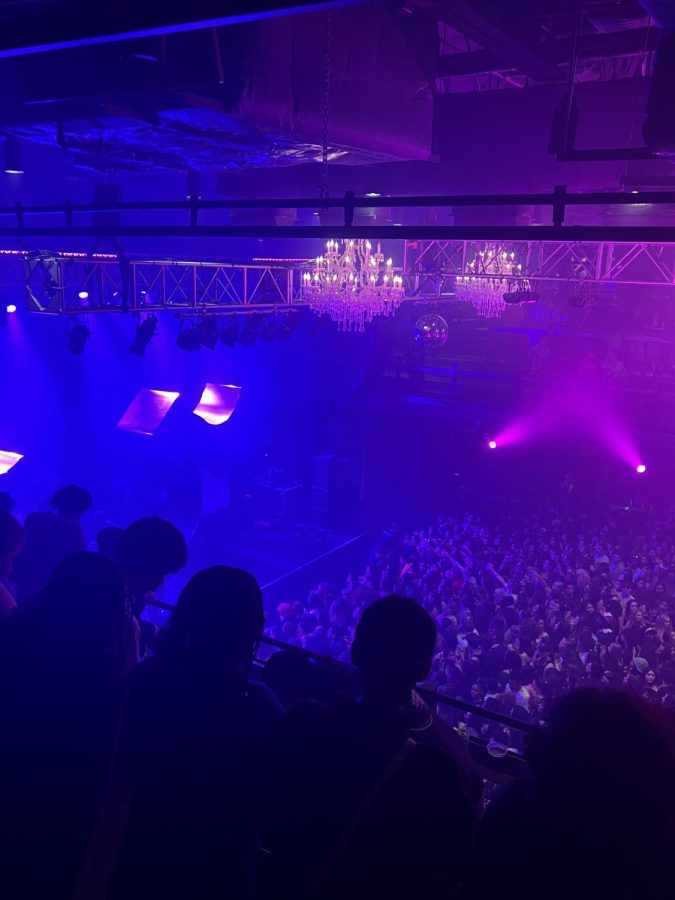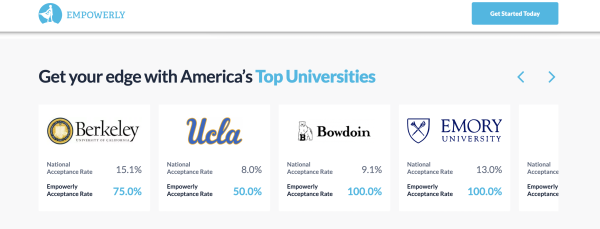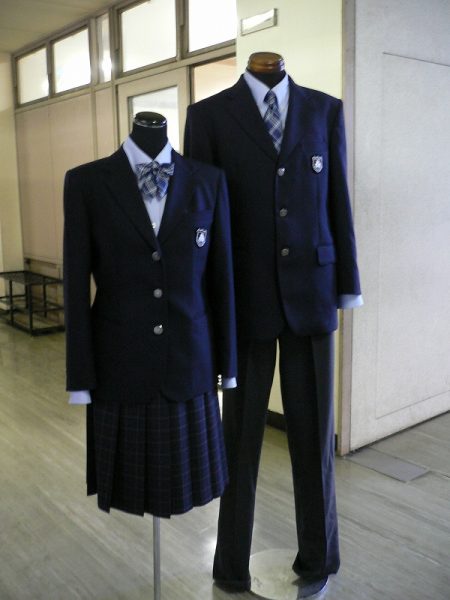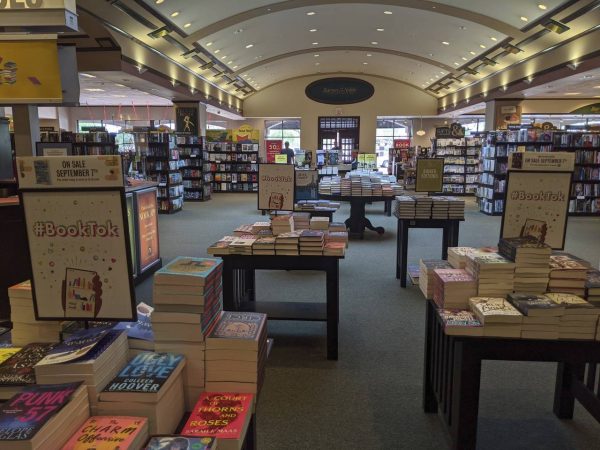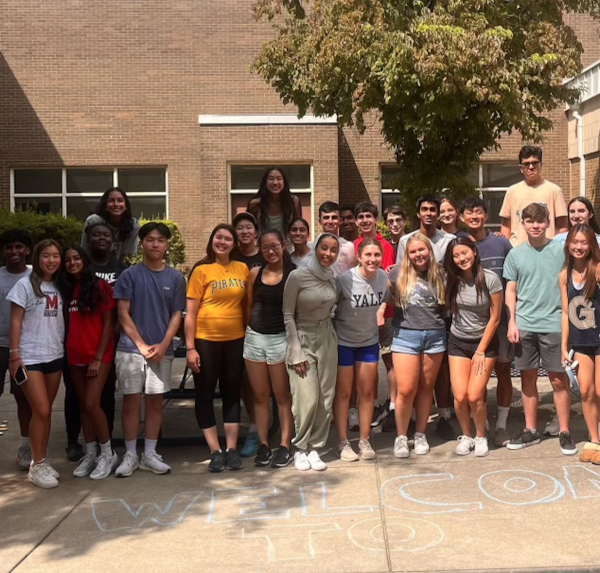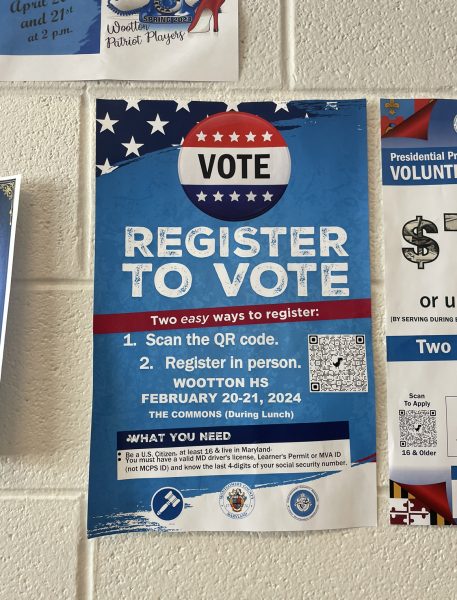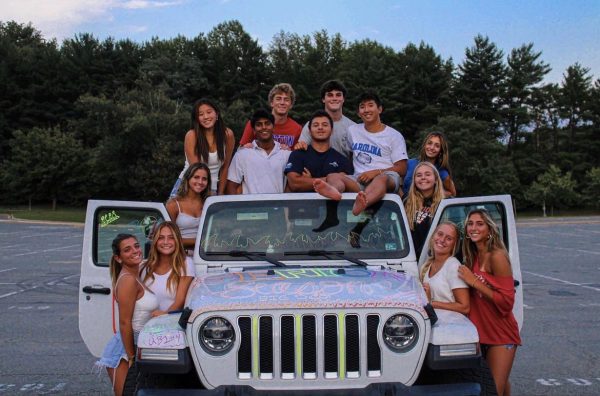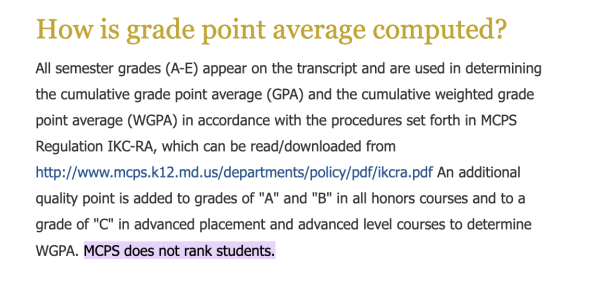The bigger the artist, the greater the risk: Popular artists should not be allowed to perform in intimate venues
Steve Lacy performs at the Fillmore in Silver Spring on Oct. 15.
With the lift of COVID-19 restrictions on performance venues, world-renowned artists have returned to the stage to amaze their fans and premiere their new music. As millions have flocked to concert sites, the overwhelming support of popular artists has done more harm than good.
Because of the lack of opportunity to see artists live due to the pandemic, many artists have fallen into the trap of booking overcrowded venues, including standing room only venues, that have caused injury and even death to those who simply wanted to support their favorite artists. The most evident example of this is the infamous Travis Scott concert in Houston, TX, last year. Scott’s Astroworld concert was projected to be one of the most intense performances of the year. However, what started as a joyful celebration quickly led to a scene of bedlam. In a race for safety, fans at the Astroworld concert attempted to move against the current of the crowd, and the eventual crowd crush left eight people dead at the scene and two more to die of critical injuries at the hospital in the days following the performance, as well as dozens of fans suffocated, trampled and severely injured.
Sophomore Ojas Tare, who went to the Travis Scott concert, was terrified as he tried to escape the trampling crowd. “I couldn’t move and there were people pushing in every direction. Even after I got out of the crowd, I was still scared of getting trampled or crushed,” Tare said.
As tragic as it is, this type of crowd-based tragedy is all too familiar. Other concert tragedies include the 1979 The Who concert with a death toll of 11 and the Roskilde Festival of 2000, where nine men collapsed and died at the front barrier of a Pearl Jam Concert. All of these events could have been avoided with two life-saving venue improvements: an increased number of barriers and a capacity cap on fans in open space areas.
An increased number of barriers significantly decreases the chances of crowd surges, as smaller groups of people are less likely to be shoved and moved against their will or control. A cap on the number of people allowed in open space venues and concert pits would allow individuals more space to move around and enjoy themselves during concerts, while also assuring that any medical professionals could navigate the crowd should there be any emergency. This solution, combined with less fans overall, would give every concertgoer the opportunity to see their favorite artist while assuring that they will make it home safely.
The issue of overbooking the venue was incredibly prevalent during Steve Lacy’s 2022 Give You The World Tour, where an artist with over 22 million listeners on Spotify alone performed at Fillmores and smaller venues around the country with a maximum capacity of 4,000 people. In comparison, Tyler, the Creator, a similar artist with the same number of monthly listeners, was able to sell out Madison Square Garden, an arena with a maximum capacity of 20,000, two nights in a row. The Steve Lacy concert was consistently overbooked, prices skyrocketed, and fans were scared for their safety.
“I went to both concerts, and I think the Tyler the Creator [concert] was better executed just because of the size of the venue. I think it’s really important that when artists know they have a growing fan base, they need to take that into account when they are booking venues, not just for the safety of it but also to increase the value of the shows that they are producing. I think that [the Steve Lacy concert] would have been a lot more enjoyable, if it had been in a larger venue and it hadn’t been so difficult to see what was going on on the stage and there weren’t people all crammed together in this tiny space,” senior Issac Muffett said.
Along with the danger involved with going to a potentially life-threatening concert, many diehard fans were not able to attend due to the price point. Few tickets and lots of passionate listeners means thousands of dollars spent on every ticket, just to be condensed with thousands of other fans in standing room only areas. “Even though tickets were advertised at being a minimum of $49 a ticket, the lowest price for the VIP package that guaranteed seats where you could still see the stage started at $200 a ticket and some sold for up to $500,” senior Jahnavee Chakravarty said.
Fans and health professionals hope that the continued media attention on overcrowded venues and traumatic tales of ecstatic fans meeting their demise will push artists and their managers to uphold a standard of moral decency and attempt to keep their fans safe during their concerts. With increased safety regulations and capacity caps, everyone inside the venue, whether it is the listeners or the artist themselves, can go back to doing what they do best; enjoying the show.
Your donation will support the student journalists of Thomas S. Wootton High School. Your contribution will allow us to purchase equipment and cover our annual website hosting costs.
Senior Margarita Williams is a staff writer in her first year on the Common Sense staff. In her free time, she enjoys working out, listening to music,...


